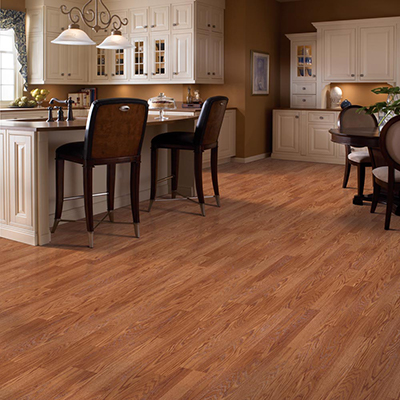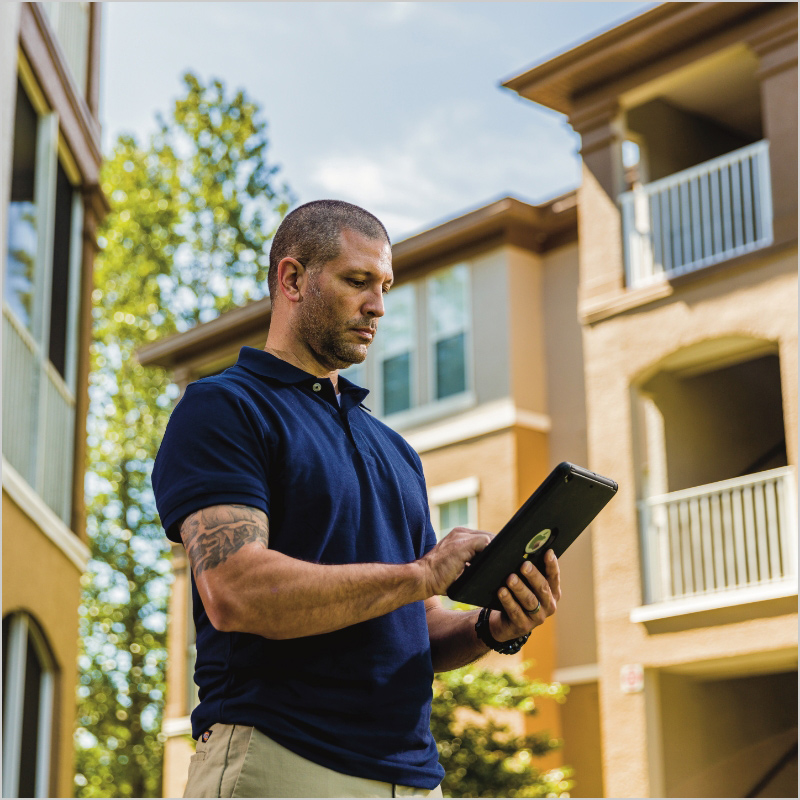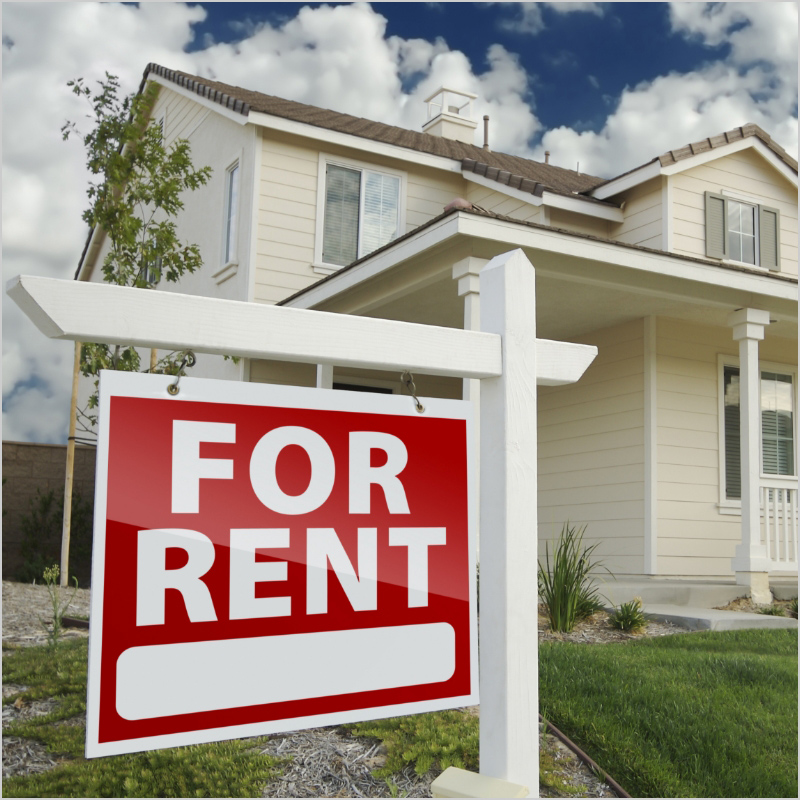How to Calculate ROI for Your Rental Property
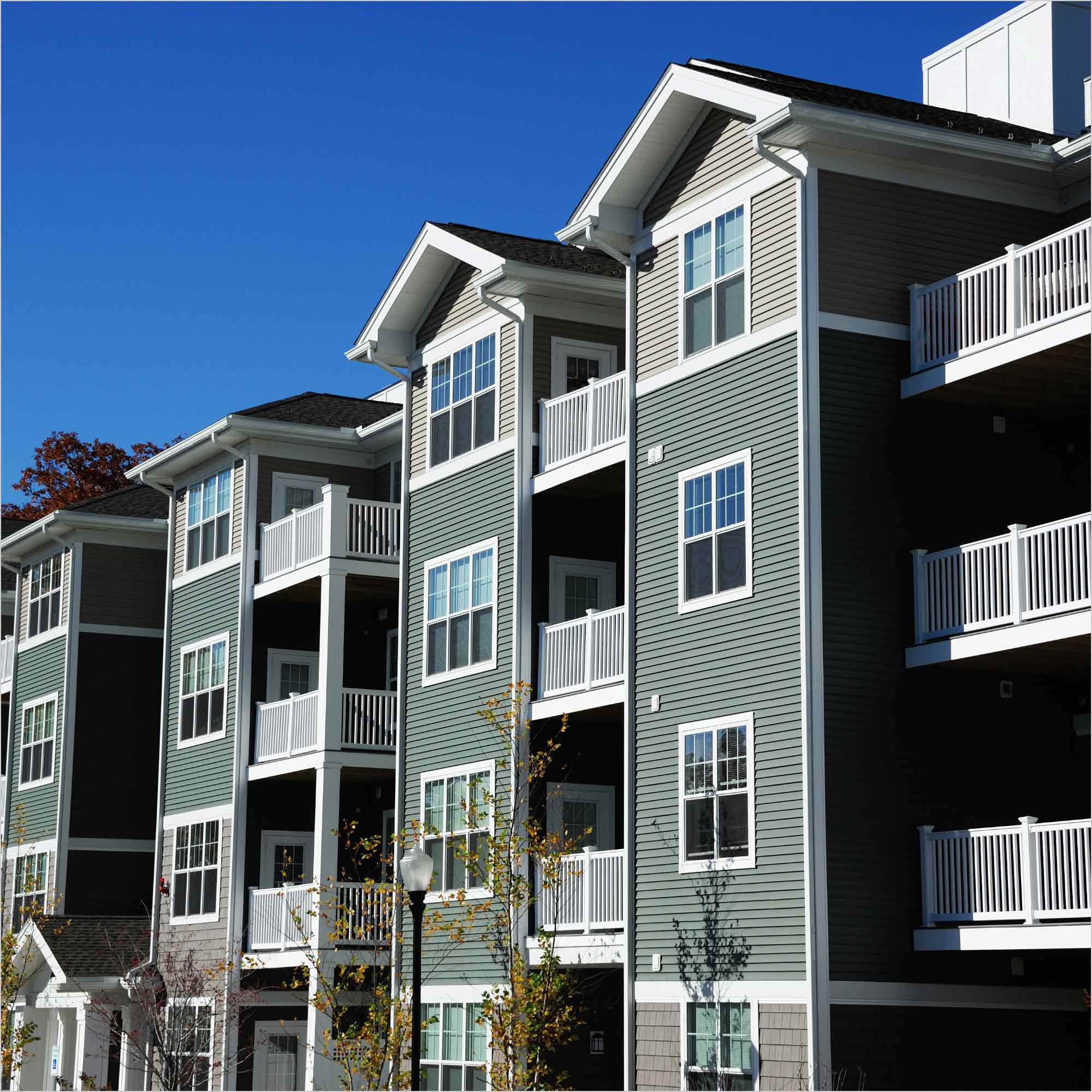
Last updated August 12, 2024
A rental property can be a good investment, especially at times when rents are at historic highs. Determine how to calculate the return on investment to help select properties and set rents that maximize profits.
This guide reviews how to calculate ROI on your rental property and how to upgrade your property to maximize your return on investment. This guide also explains the 1% Rule in real estate and which properties make the best investments.
Difficulty:
Intermediate
Duration:
Under 2 hours
Table of Contents
How to Calculate ROI on a Rental Property
What is the 1% Rule in Real Estate?
What Rental Properties Make Good Investments?
Should I Invest in a Single-Family or Multifamily Rental Property?
How Can I Improve My Rental Property’s ROI?
More Tools. More Products. More Perks.
How to Calculate ROI on a Rental Property
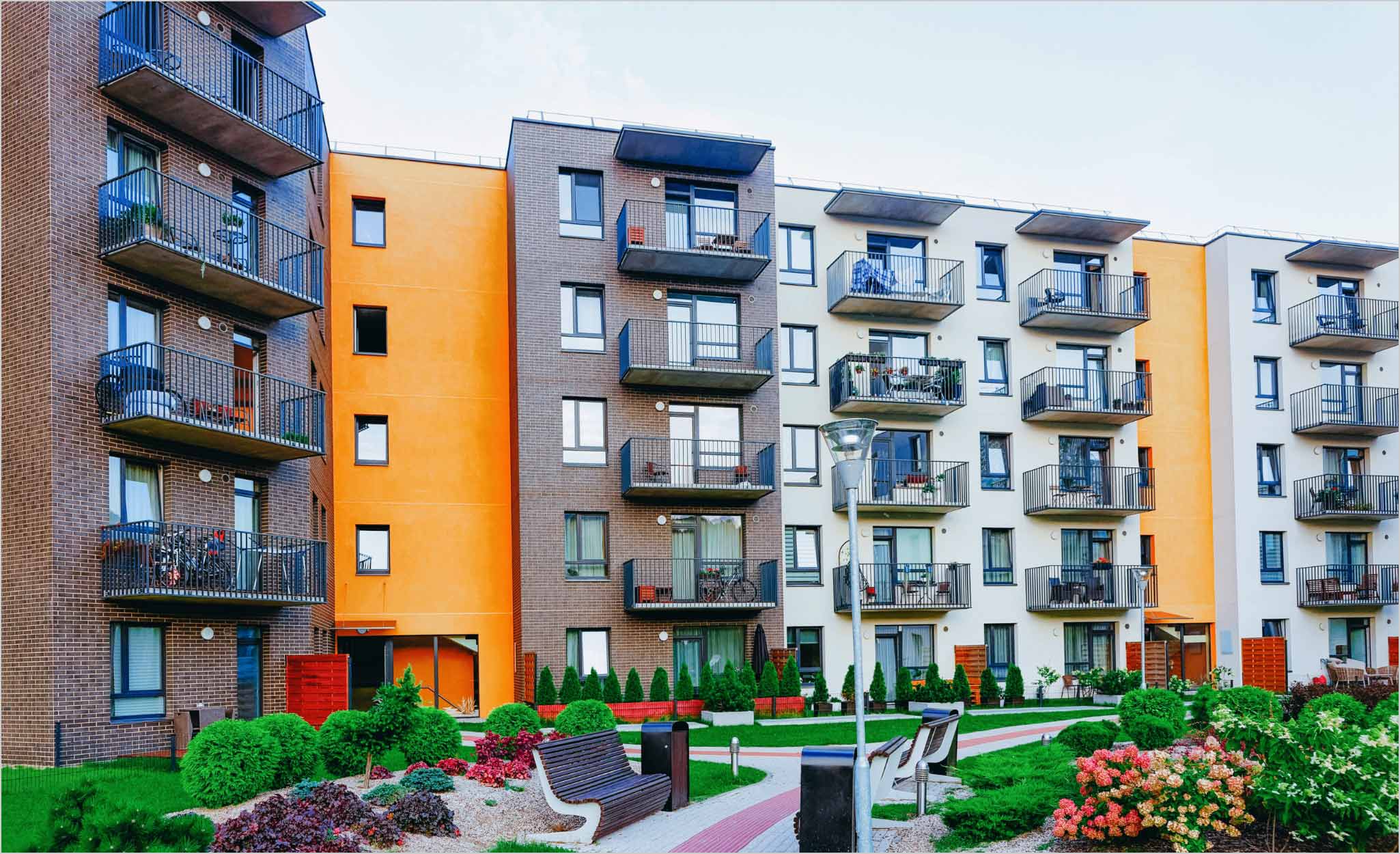
A single family or multifamily rental property with a high ROI means the property’s cashflow is high enough to justify the investment costs. An acceptable rental property return on investment often depends on your own expectations for the property’s earnings.
Follow the method below to calculate real estate ROI.
- Determine the property’s monthly rental income. Include other revenue sources such as coin-operated laundry machines at at multifamily properties.
- Determine the property’s monthly expenses such as mortgage payments, taxes, insurance and maintenance costs.
- Subtract the expenses from the income to determine the property’s monthly cashflow.
- Determine annual cashflow by multiplying the monthly figure by 12.
- Calculate your total investment in the property, which includes the down payment, closing costs, renovation costs and other payments.
- Determine the ROI by dividing the annual cashflow by the investment amount.
For example, suppose you invested $200,000 to purchase a rental property with a monthly income of $2,000 and monthly expenses of $1,500.
- The monthly cashflow would be $2,000 - $1,750 = $500.
- The annual cashflow would be $500 x 12 = $6,000.
- The return on investment would be $6,000/$200,000 = 0.03 for a 3% annual ROI.
Many experts advise investors to seek a ROI of more than 5%. Often the best way to gauge whether real estate ROI meets your investment goals is to compare it to alternative investment options, such as the stock market.
If the estimated ROI for real estate is too low for your goals, you may want to consider a different option.
Pro Tip: Calculating the ROI on real estate is not the same as setting the best rental rate. See our guide How to Calculate Rent for Your Property to determine the rent that will reflect your property’s value.
What is the 1% Rule in Real Estate?
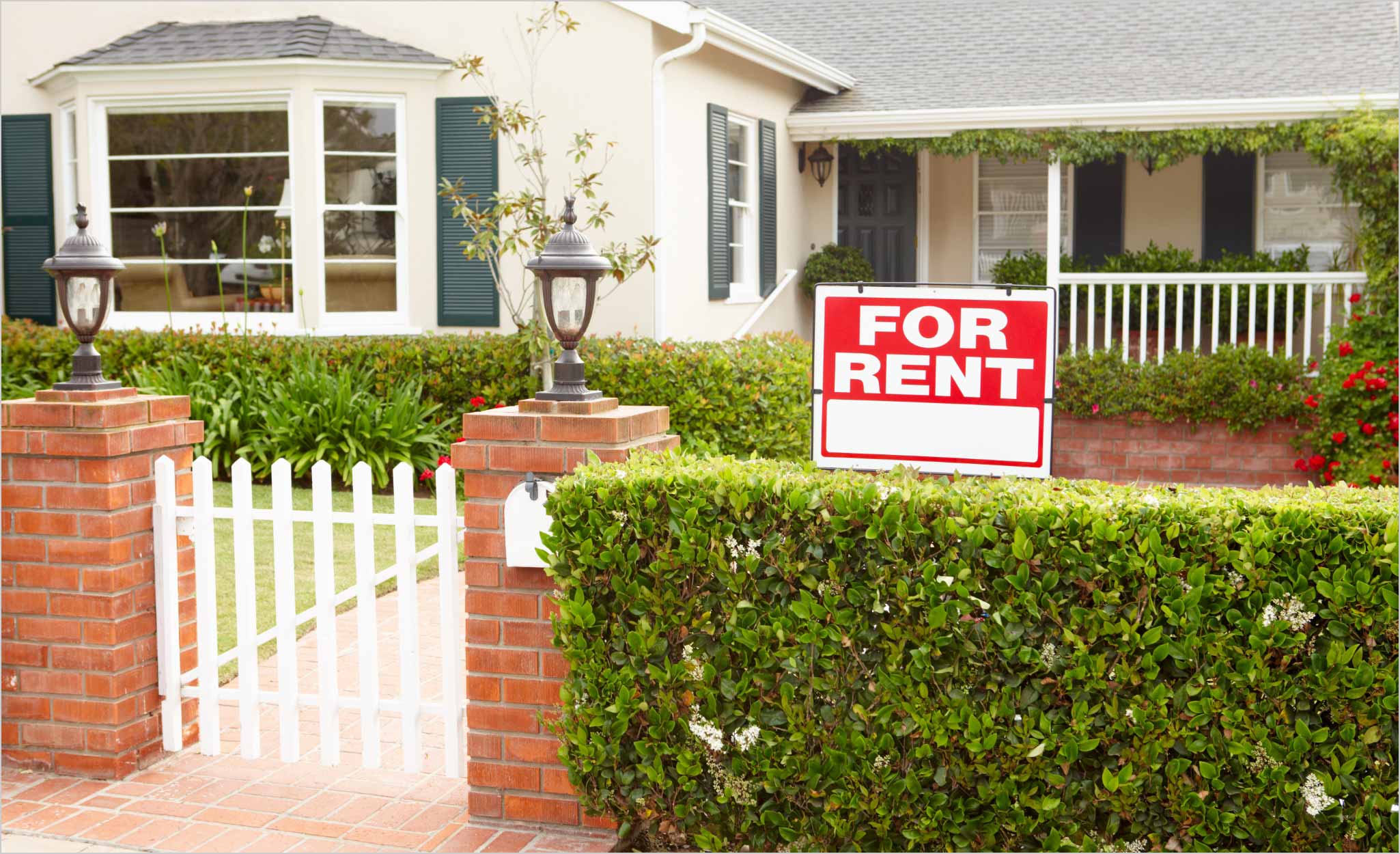
The simplest way to determine how much rent to charge for a property is the 1% Rule. This general guideline suggests that you charge around 1% (or within 0.8-1.1%) of your property’s total market value as monthly rent payments. A property valued at $200,000, for instance, would rent for $2,000 a month, or within a range of $1,600-$2,200.
The 1% Rule should only be used as a starting point. Many other factors can influence how to set rent for a property, such as the building’s amenities and the rental rates of competitive properties in the neighborhood.
In expensive real estate markets, the 1% Rule sets rental rates higher than the average competitive rent in the area. Always check average rental rates in your area for residences of comparable similar size and amenities to set a competitive rent. In addition, the 1% Rule can be less accurate for multifamily properties than single-family properties.
Revenue generated by your rental property is not the same as profit. The 50% Rule in real estate states that 50% of a property’s revenue will be spent on operating expenses in the long term. The rule does not apply to every rental property investment, but provides a tool to keep owners from underestimating expenses and overestimating profits.
If a party meets the 1% Rule, it will take at least 100 months to earn revenue equal to the purchase price. In the example above, a property that earns $2,000 rent per month will take 100 months, or more than 8 years, to earn $200,000. But this does not include the property’s operating expenses, which can cost a significant amount of its revenue. Property owners can choose to apply parts of the monthly revenue to operating expenses, short-term profit and paying off the property itself.
What Rental Properties Make Good Investments?
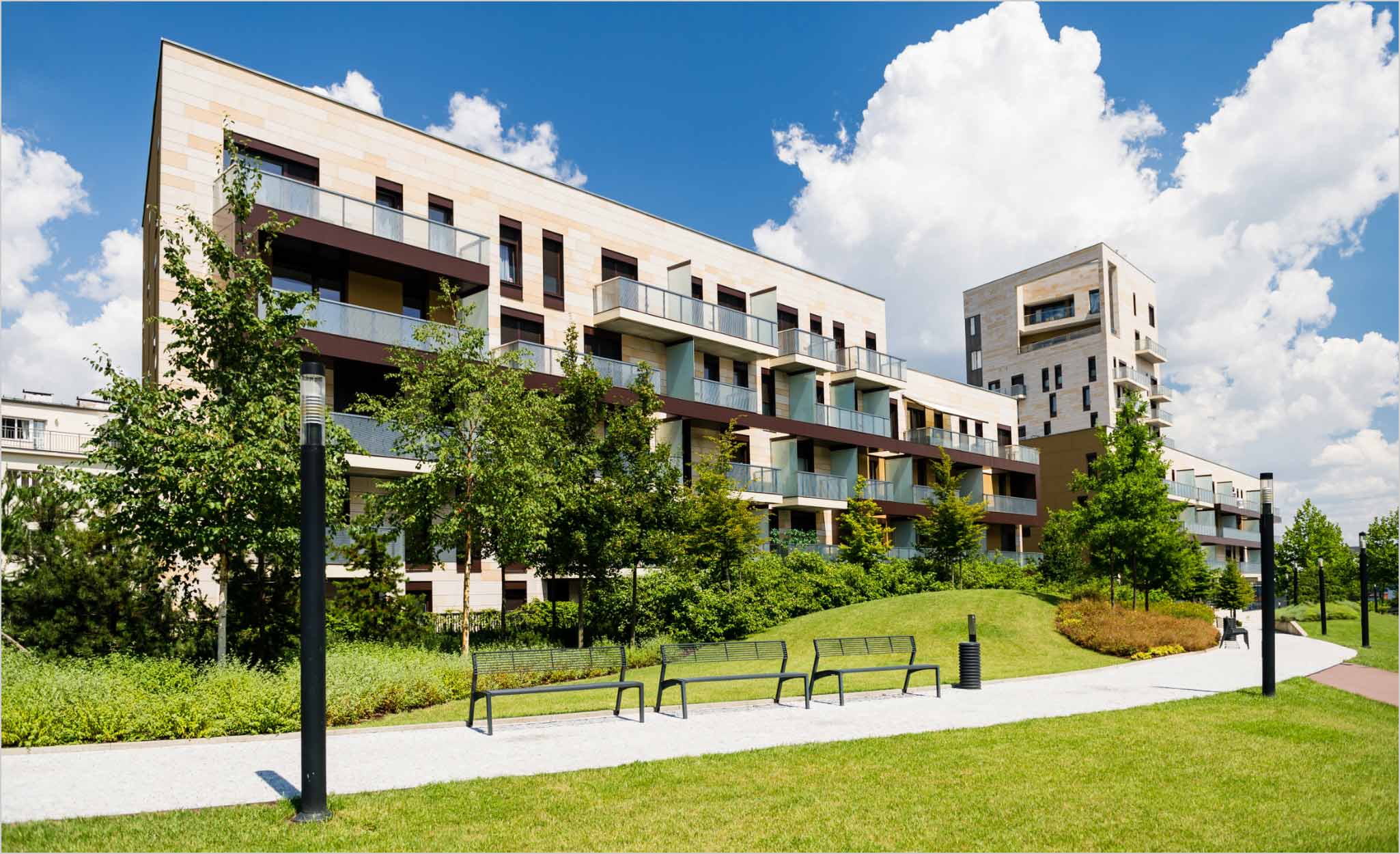
Properties that attract and retain residents often make the best investments, because they offer a more reliable and sustained source of income.
If a property is in poor repair, factor in the potential renovation or remodeling costs when making your purchase decision.
When choosing whether to purchase a rental property, ask these questions about the location:
- Is it in a safe neighborhood? High crime rates deter new residents.
- Does the area have job opportunities that can attract people seeking to advance their careers? High area employment attracts more residents and makes steady rent payments more likely.
- Is it in a good school district that will attract families, who tend to be long-term renters?
- Does the area have such amenities as parks, shopping malls or easy access to public transportation?
- Does the neighborhood have many rental listings or high numbers of vacancies? This can indicate that the area has problems that deter residents.
- Is it located in a neighborhood prone to flooding, earthquakes or other natural disasters? This will require higher insurance rates and can raise safety concerns of potential residents.
Should I Invest in a Single-Family or Multifamily Rental Property?
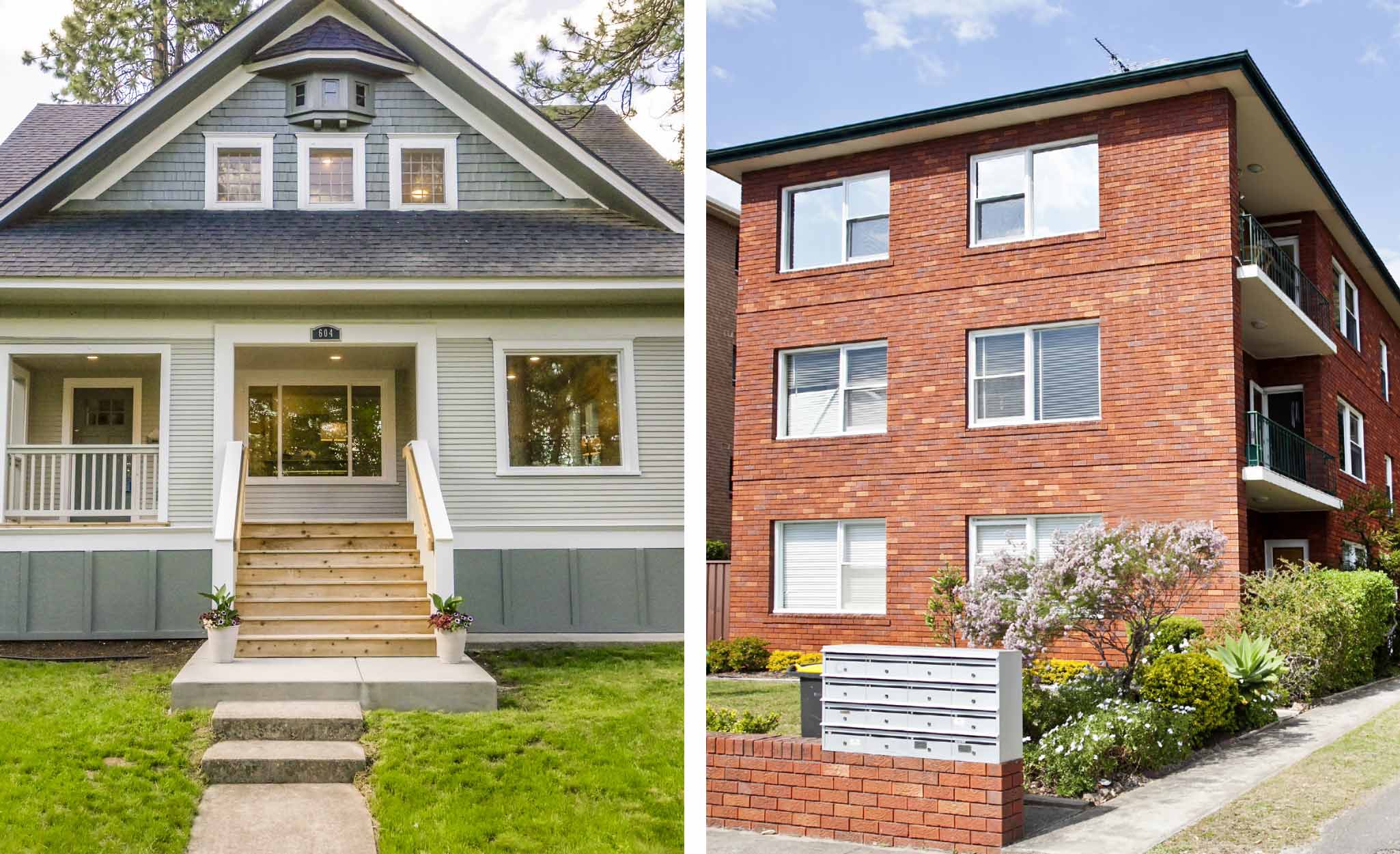
If you want to invest in a rental property, you may need to decide whether to purchase a single-family or multifamily building. Each type of property offers advantages and drawbacks.
The following are some of the advantages of investing in a single-family property:
- More affordable and cheaper to purchase, with smaller down payments meaning lower upfront costs
- Lower maintenance costs
- Easier resale
The following are some of the advantages of investing in a multifamily property:
- More residents means faster income generation
- Vacancies are less costly compared to single-family properties
- The property value may appreciate faster
Pro Tip: Managing rental properties follows economies of scale. It’s easier to manage one or two single-family homes compared to one apartment building. But it’s easier to manage one multifamily building compared to eight or nine residences.
How Can I Improve My Rental Property’s ROI?
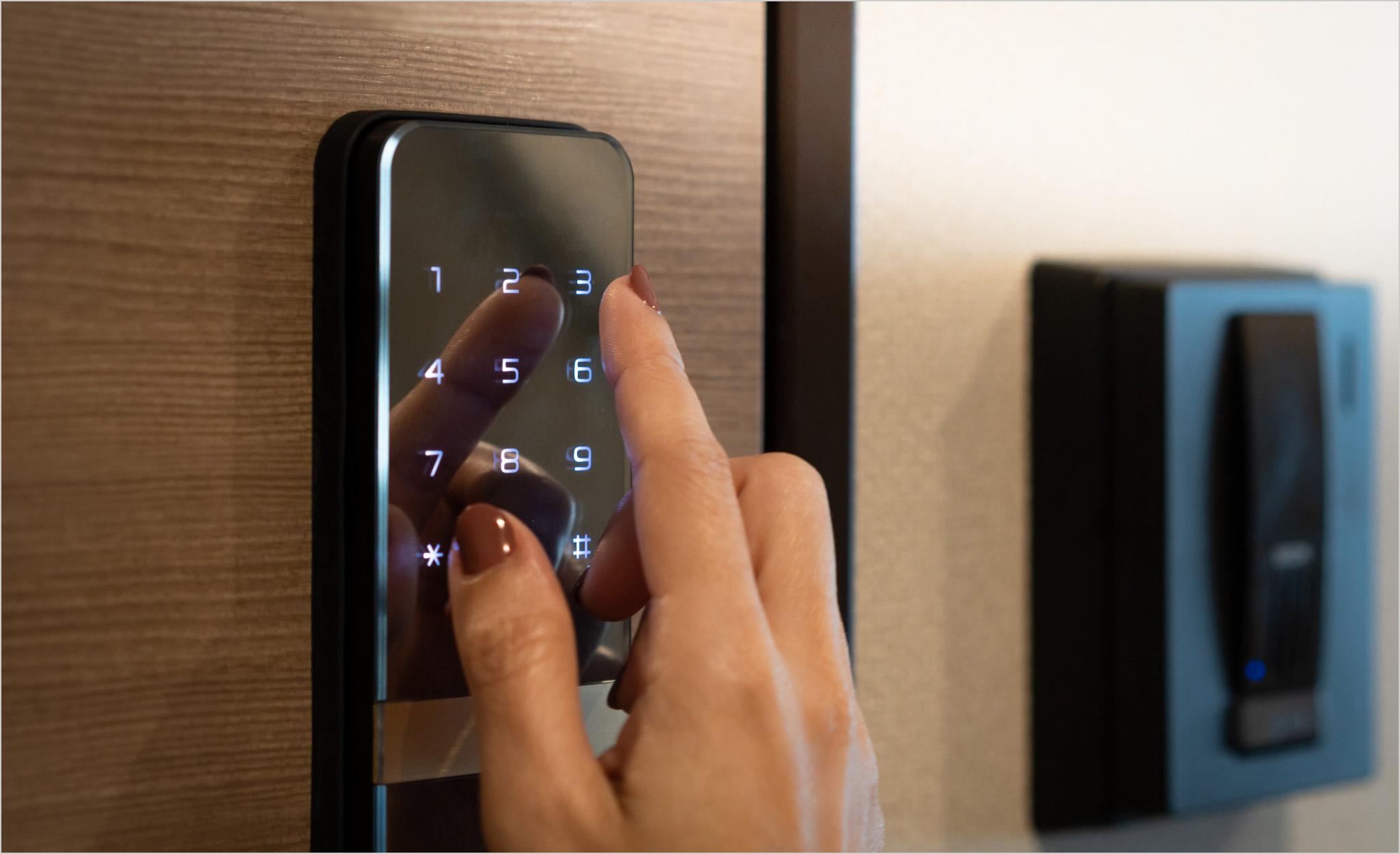
Upgrading your rental property does more than attract and retain residents. It also gives you a justification for charging higher rents and increasing the property’s return on investment.
Consider these tips to improve your rental property’s ROI.
- Upgrade with smart home technology to give residents more control over lighting, locks, thermostats and other features. Smart technology adds value without taking up much space. (See our guide Make a Rental Unit a Smart Apartment.)
- At multifamily buildings, provide high-speed internet and other amenities that make remote work easier.
- Provide in-unit washing machines, instead of common laundry rooms.
- Allow pets.
- Provide additional storage.
- Improve the property’s curb appeal.
The largest rent increases come from the additions of central air, dishwashers, washing machines and ample parking on the property.
More Tools. More Products. More Perks.

Be more competitive and boost your bottom line with Pro Xtra, The Home Depot's loyalty program built for Pros. Sign up today to access the enhanced Pro Online Experience, built with the online business tools and time-saving features Pros need.
When ordering maintenance and repair supplies for your property, use a free Pro Xtra membership to create a quote and lock in pricing.

